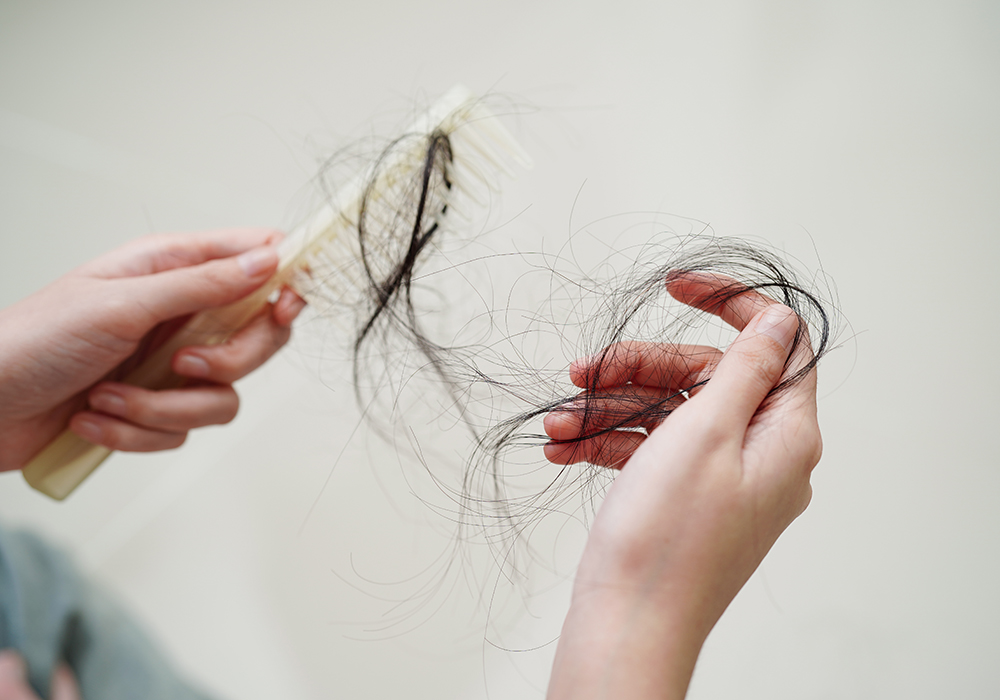Cryotherapy, the therapeutic use of extreme cold, was first studied for cancer care in 1919, when Temple Sedgwick Fay, MD, discovered that higher-temperature body areas were more prone to metastasis and demonstrated that hypothermia reduced swelling and inflammation—two oncogenic drivers. Today, we understand that cellular proliferation slows under the influence of cryotherapy, which can be used internally (e.g., cryoablative surgery) or externally (e.g., ice bags, specially designed devices).
Vasoconstriction from cryotherapy applied to the extremities during chemotherapy reduces the amount of cytotoxic drug reaching cells in the hypothermic area. It has been used to minimize oral mucositis, alopecia, and onycholysis. Similarly, slowing nerve conduction and blood flow to the hands and feet may reduce the incidence and severity of chemotherapy-induced peripheral neuropathy in patients receiving taxanes and platinum-based chemotherapy.
Extremity Cooling for Onycholysis
Chemotherapy-induced onycholysis—where the nail plate lifts from the nail bed—occurs primarily with the use of taxanes and anthracyclines. It is disfiguring and painful and affects the ability to perform normal activities. Although few studies have addressed use of cryotherapy for chemotherapy-induced onycholysis, most have demonstrated a positive effect.
The results from the most recent study, involving 67 patients with breast cancer receiving paclitaxel treated with instant ice packs on their fingers and toes, indicated that after 12 weeks of treatment, 63.5% of patients had grade 1 nail toxicities (predominantly nail discoloration), and 17.9% had grade 2 nail toxicities (predominantly onycholysis). A notable 25.4% did not experience any nail toxicities; the majority reported mild or no pain and no other adverse effects. The study concluded that instant ice packs are a practical and well-tolerated option to prevent nail toxicity in patients undergoing chemotherapy.
However, patients with cryoglobulinemia, cold urticaria, previous cold-induced injury, Raynaud disease, or poor circulation should avoid extremity cooling.
Scalp Cooling for Alopecia
Patients cite chemotherapy-induced alopecia (CIA) as one of the most distressing side effects of certain systemic chemotherapies, more so than fatigue, nausea, trouble sleeping, and hormonal changes. It can diminish patients’ self-esteem, constantly remind them of their disease, remove their ability to keep their diagnosis private, and negatively affect their social and work interactions.
The U.S. Food and Drug Administration expanded its approval for scalp cooling for CIA in 2017, and the National Comprehensive Cancer Network recommends it as a management strategy for CIA from treatment for invasive breast, ovarian, fallopian tube, and peritoneal cancers. However, despite supporting the need for patient education about scalp cooling, only 26% of providers reported initiating those conversations.
In the device’s clinical trials, more than 66% of patients who received scalp cooling reported losing less than half their hair. However, it’s not advised for patients with:
- Central nervous system, hematologic, skin, or small cell lung cancers
- Hematopoietic stem cell transplants or skull irradiation
- Cold sensitivity, cold agglutinin disease, cryoglobulinemia, cryofibrinogenemia, or post-traumatic cold dystrophy
- Severe liver or renal disease
Nursing Considerations for Scalp and Limb Cooling
Like any other intervention, oncology nurses should consider how cryotherapy can minimize patients’ side effects and enhance their quality of life. One way is by raising patient awareness and understanding of how cryotherapy could reduce the severity of onycholysis and CIA. If not contraindicated, inform your patients about the type of delivery devices available, efficacy based on their individual characteristics, and time involved in administering the therapy. The sidebar contains key topics to incorporate in your patient education.






